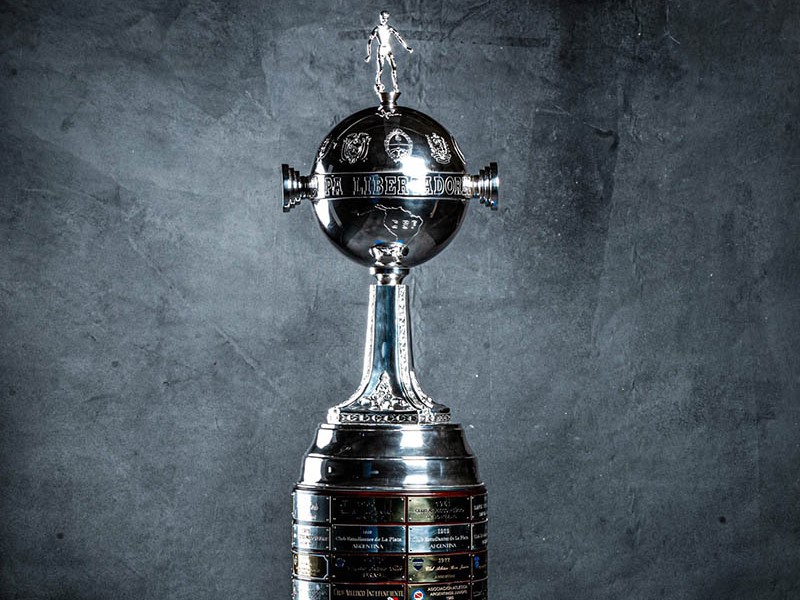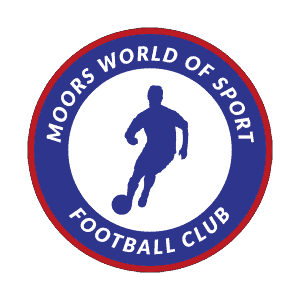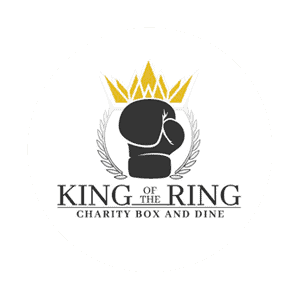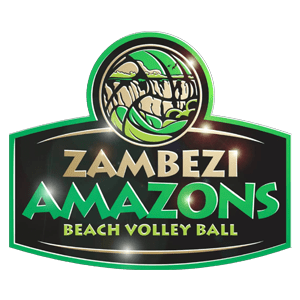The 66th edition of the Copa Libertadores, South America’s premier club tournament, gets underway on Tuesday as the group stage begins. Over the coming two months, 32 teams will compete for a place in the last 16, leading to the final on 29 November. The location of the decisive match is yet to be confirmed, but likely candidates include Brazil’s capital, Brasilia, or Montevideo, the capital of Uruguay.
Though the UEFA Champions League is reaching its climax, the Libertadores has a unique appeal. For fans across the continent, the competition is an obsession, and this year’s edition promises plenty of intrigue.
Can the Brazilian dominance be broken?
In the early years of the tournament, Uruguay set the standard before Argentina established its dominance. However, Brazil has completely taken over in recent times.
Brazilian clubs have secured the last six titles, with four of those finals featuring teams from the country exclusively. No nation has ever controlled the competition to this extent. The growing financial disparity between Brazil and the rest of South America allows its clubs to attract top talent from neighboring nations. Giants such as Palmeiras and Flamengo could field up to five foreign players in their starting lineup.
Argentina, which has claimed the trophy 25 times, has reason for concern. Brazil now sits just one title away with 24 victories, making this the year when the balance could be evened. However, the competition appears stronger than in previous editions. River Plate, a four-time winner, leads Argentina’s challenge, supported by Racing, Estudiantes, and the emerging Talleres from Cordoba.
Colombia’s Atletico Nacional is performing at its best since winning the title in 2016, while Paraguay and Ecuador continue to punch above their weight. Paraguayan sides Olimpia, Cerro Porteño, and Libertad are all contenders, while Ecuadorian clubs LDU Quito, Barcelona (who eliminated Brazilian side Corinthians in qualifying), and Independiente del Valle bring their own strengths.
With this mix of talent, this year’s tournament could be less predictable – especially given a new variable in the mix.
How will the Club World Cup affect the tournament?
Unlike in Europe, where some view FIFA’s expanded Club World Cup as a disruption, South American teams see it as an opportunity. Success in this global event is both prestigious and financially rewarding.
To accommodate the tournament, Brazil has altered its domestic calendar. Four teams – River Plate from Argentina and the Brazilian trio of Flamengo, Palmeiras, and Botafogo – face an intense schedule, playing through the North American summer heat in June and July. Meanwhile, their Copa Libertadores rivals will be able to recover and regroup.
Balancing multiple competitions will not be easy. Those involved in the Club World Cup will have to manage their squads carefully, which could give other teams a chance to capitalize and make this Libertadores campaign more unpredictable.
A platform for rising and veteran stars
Last year’s group stage provided a breakout moment for Palmeiras’ young winger Estevao. He marked his first start with a goal against Uruguay’s Liverpool and quickly became a top prospect. Soon, he will be heading to Chelsea, having already earned a place in Brazil’s senior squad.
The Libertadores serves as a proving ground for emerging stars, and 2025 will be no different. Ecuador’s Independiente del Valle has built a reputation for nurturing young talent. Chelsea’s Moises Caicedo is one of their success stories, and soon Kendry Paez, a creative midfielder compared to England’s Phil Foden, will follow.
At just 15, Paez debuted in Ecuador’s top league; by 16, he was already playing for the senior national team. He has faced challenges in recent months, but his potential remains clear. Another Ecuadorian talent, 17-year-old Darwin Guagua, recently started a World Cup qualifier before even making his club debut. Many young prospects will be eager to shine in this tournament.
At the other end of the spectrum, experience still has its place. Paraguayan club Libertad must decide whether to rely on 43-year-old Roque Santa Cruz or the comparatively youthful 42-year-old Oscar Cardozo in attack. Last year, their head coach was just 27!
Former Manchester United player Ander Herrera saw his Libertadores run end early, as Boca Juniors, featuring ex-United teammates Marcos Rojo and Edinson Cavani, fell to Peru’s Alianza Lima in qualifying. That match saw another showdown of seasoned strikers – 40-year-old Hernan Barcos and Peru’s all-time leading scorer, Paolo Guerrero, aged 41.
From teenagers eager to make a name for themselves to veterans proving age is just a number, the Copa Libertadores remains a tournament where talent, at any stage, can make history.




